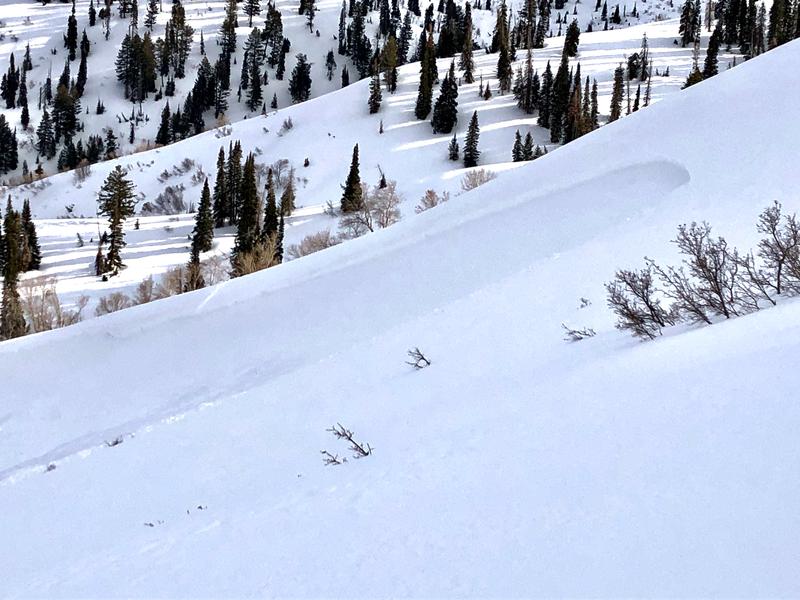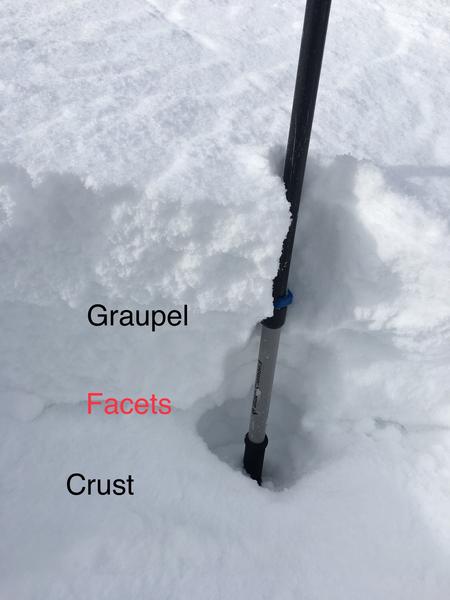Discounted lift tickets - Thanks to the generous support of our Utah ski resorts and Ski Utah, all proceeds from these ticket sales go towards paying for avalanche forecasting and education! Get your tickets
here.
Yesterday: Despite strong sunshine in the morning, high temperatures reached high teens and low 20s F before increasing clouds and cold air stopped further warming. Due south-facing slopes warmed just enough to dampen the snow and create a very thin crust which may not exist on southwest or southeast facing slopes.
This morning: It's COLD with temperatures a little above and below 10 degrees F. Fortunately light winds from the west are blowing 5-10 mph.
Today: Skies will be mostly sunny with a few clouds. Temperatures will only climb into low 20s F. Westerly winds should remain light.
Snowfall totals from Sunday/Monday are 8-10" snow (0.80" - 0.90" water)
There were two notable avalanches yesterday. One avalanche occurred in the backcountry near Snowbasin. A skier and snowboarder without any rescue gear triggered an avalanche that fully buried the skier who fortunately had a ski tip sticking out of the snow and was found uninjured after about 4 minutes.
Another slide occurred on
Ben Lomond Peak (photo below), when a skier triggered a slide 12 inches deep and 300 feet wide. The party involved wrote a detailed account
HERE that is worth reading.
Additionally local ski patrols easily triggered many slides in the new snow that were big enough to bury a person.









